Sign of the times: How the pandemic breathed new life into London’s signwriting scene
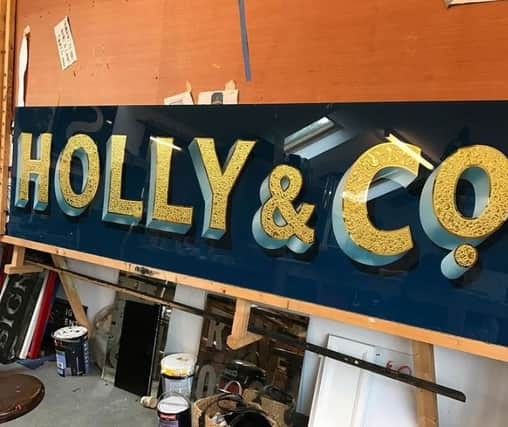

Wander through many London streets and on brick facades you’ll spot the peeling lettering of ghost signs advertising people and products lost in the mists of time.
Not only do these give us a fascinating insight into the consumer habits of our forefathers, the Bovril sign on Brixton’s Windrush Square, they also offer a tantalising glimpse of the person who painted them.
Advertisement
Hide AdAdvertisement
Hide AdDid they have a steady hand? Did they prefer bright colours or neutral? Was their writing style flowing - as on the ‘Fount Pens Repair’ sign on Stoke Newington’s Church Street - or bold and blocky like the ‘Take Courage’ slogan on Redchurch Street?
London’s streets continued to be a kaleidoscope of signs right up until the 1980s, when automated cutting plotters burst onto the market and changed the industry – and our city’s visual landscape – forever.
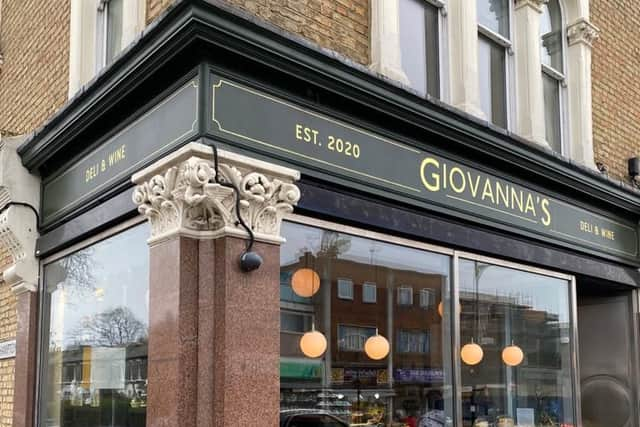

“These devices printed lettering onto sheets of adhesive-backed vinyl, which was cheaper and faster than commissioning a painter,” says Mia Warner, a 31-year-old signwriter from Leytonstone.
“Practically overnight our entire industry ceased to exist.
Advertisement
Hide AdAdvertisement
Hide Ad“Signwriters either had to switch to vinyl printing or find different jobs.”
However, over the last decade, signwriting has staged a somewhat unlikely comeback.
Business owners, aware that they have to work harder to get customers through the door in the age of online shopping, have once again started to value unique signs created by hand.
Young creatives, jaded by technology and yearning to reconnect with a slower time, are embracing the techniques of the past and electrifying them with references to graffiti and other forms of urban art.
Instagram has helped spread the word.
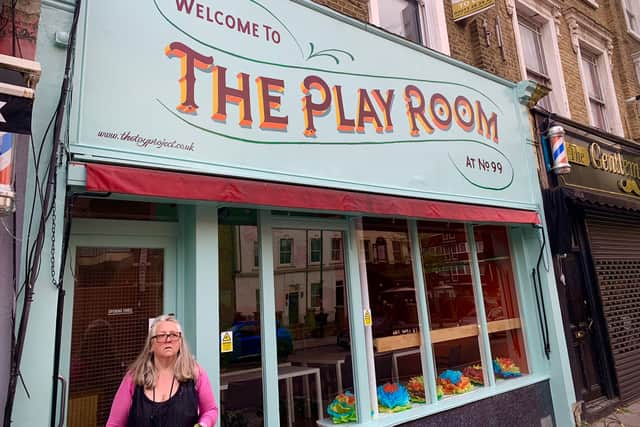

Advertisement
Hide AdAdvertisement
Hide AdMia and Archie Salandin, 31, who share a workshop in Streatham, are part of a collective of signwriters called Alphabetics Anonymous.
All are in their twenties and thirties and have an art school background.
“We all have something in particular we specialise in,” says Archie.
“I’m very into gold leaf and gilding. Mia’s queen of calligraphy and flow.
Advertisement
Hide AdAdvertisement
Hide Ad“Jake Tyler’s very graphic, Hana Sunny is very colourful and Jay Holland’s just really cool.
“We’re always helping each other out on jobs or getting together to swap tips and paint for fun.”
In part, it’s the lack of technology that particularly appeals.
The duo joke that signwriters are a ‘tech-phobic lot’, favouring age-old techniques such as mapping out a perfect circle using string and a piece of wood.
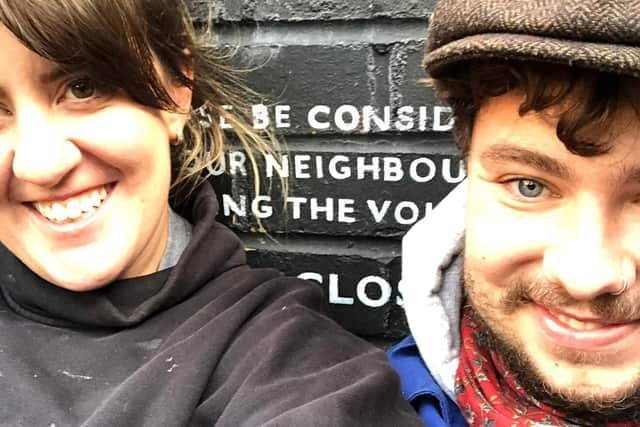

Advertisement
Hide AdAdvertisement
Hide Ad“Sure, we could do it on a computer but there’s something magical about using techniques that date back to medieval times and sometimes even longer,” says Mia.
“I trained as a graphic designer and my degree was almost entirely computer-based, but I was fascinated by the idea that every font was originally drawn by hand.
“When I see ghost signs in London, it brings the city’s history to life in a way that no building or museum can.”
There are no official apprenticeship schemes or diplomas for signwriters anymore – although some of the older generation have a qualification from city City & Guilds for a course that ceased to exist in the 80s– and skills are generally passed on by word of mouth.
Advertisement
Hide AdAdvertisement
Hide Ad“We’re a really tight community, everyone leaves their ego at the door,” says Archie.
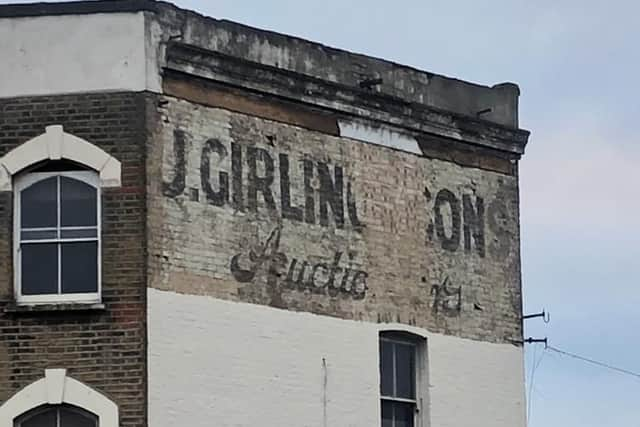

“Originally our motto was ‘bring the industry back’, now it’s all about growing it.”
AS Handover, an art shop in Dalston that stocks key supplies such as Mack brushes and One Shot enamel paint, has played a key role in facilitating the scene’s regrowth.
Another important player is Joby Carter of Carter’s Steam Fair.
Advertisement
Hide AdAdvertisement
Hide AdIn summer, the fair travels around the home counties, and in winter, Carter and an apprentice repaint everything by hand.
Archie grew up visiting it as a child and went on to do a fair painting course with Joby when he left art school.
“He really knows his stuff,” Archie says.
“He was trained by Stan Wilkonson, who was taught by a master signpainter, who in turn learnt the same way going back to the 19th century.”
During the pandemic, Carter ran an online signpainting course that had 120 participants, an astounding number given that a Guardian report in 2015 stated that there were only 300 professional signwriters in the UK.
Advertisement
Hide AdAdvertisement
Hide Ad“A lot of graphic designers or people who worked in pubs and enjoyed chalking up menus were suddenly at a loose end during lockdown,” Archie adds.
“Everyone was technologied out and wanted to reconnect with the joy of doing something creative with their hands.”
He estimates there must be around 100 professionals in London now, about double the number when he started out.
So, can the city sustain a technically unnecessary industry that has been entirely resuscitated by passionate individuals?
Advertisement
Hide AdAdvertisement
Hide Ad“The reality is that signwriting is both a trade and a trend,” muses Mia.
“But it’s part of a wider cultural movement to rediscover traditional crafts that I perceive as a natural backlash to technology.
“Handpainted signs created the traditional way are a physical manifestation of our connection to the past.
“I don’t see the appeal of that disappearing anytime soon.”
Comment Guidelines
National World encourages reader discussion on our stories. User feedback, insights and back-and-forth exchanges add a rich layer of context to reporting. Please review our Community Guidelines before commenting.